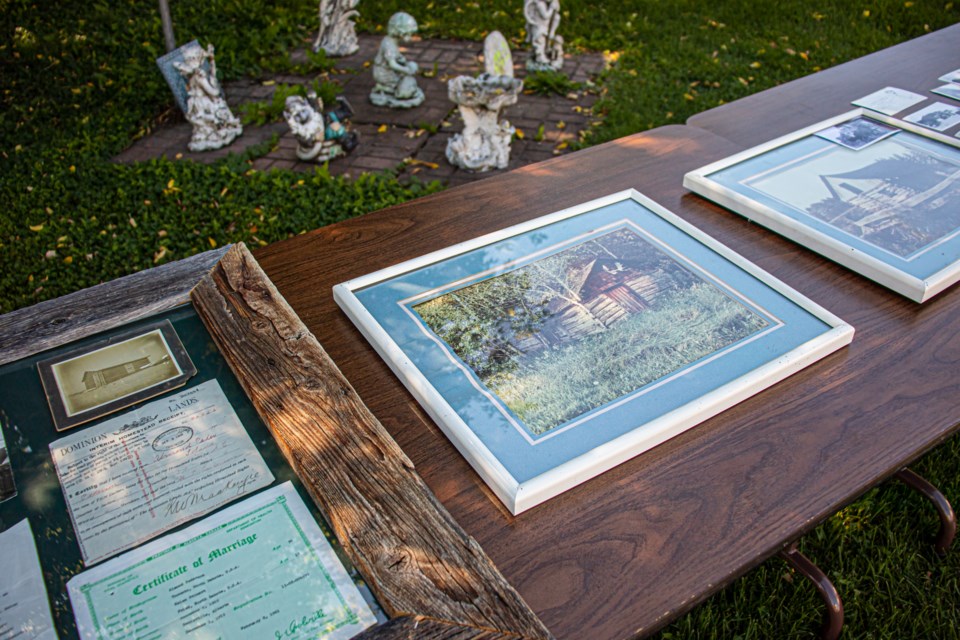ST. VINCENT – In an effort to celebrate, honour, and preserve the past, the Musée Historique de St. Paul Historical Museum, in conjunction with ACFA Régionale de St-Paul, offered a tour of the St. Vincent area to Lakeland residents on Aug. 13.
Lise Belliveau, president of the Musée Historique de St. Paul Historical Museum, said, “We’re doing these tours every year... we want to include families... we want to document people’s histories, their families that are over 100 years old.”
Belliveau said the annual tour also wants to acknowledge places that were original homesteads or schools, for example. “This is a way to be able to learn our history, acknowledge our history, [and] get people to remember [the past],” she said.
“We want to be able to put the history back into history books.”
The program started last year with a tour of St. Edouard, a small community east of St. Paul. St. Vincent was the chosen community toured this year, located to the north of St. Paul. Over 20 sites were visited in St. Vincent.
Among the sites toured was the area of Lac St. Vincent where Simonin School once stood. The location was previously called Simonin Hill and is located four miles south of St. Vincent. A quarter of the land was open for sale from the County, and Albina and Richard Brousseau purchased it in the 1970s, becoming the second Brousseau generation to own and live on a quarter of the land. Simonin School once sat on a small corner of the quarter.
Albina, who was on hand presenting the history of the site to tour participants, said Simonin School taught students Grades 1 to 8 was erected in 1909, and shut down in 1955.
Albina also presented some history about the St. Vincent parish. She said there were five chapels built to serve the St. Vincent parish community in the past, including the first chapel built that was located two miles west and half a mile south of present-day St. Vincent where the Town initially began. All other four were constructed in present-day St. Vincent.
She also noted that there was a Marian Year in 1954. "A statue of Notre Dame du Soirire circulated in the parish and was left in each home for nine days. Honouring our Blessed Virgin, small statues were installed on each of the four crosses erected when retreats had taken place in the parish,” recalled Albina.
Another site, called the Ad Hoc Camp, was also visited. Juliette Champagne, a historian from Edmonton, said the Ad Hoc Camp was once used as a summer recreation area for the children of the Diocese of St. Paul.
She said the camp was also the birthplace of the St. Vincent Parish, because the first mass took place on the campgrounds, prior to the parish’ creation in 1912. “But people were settling here in 1906... [and] the first mass took place,” around 1900 or 1901. A chapel was also built in the area.
There also was once a lake used by travellers in the immediate vicinity that has long receded.
“People used to come to mass from all over the lake. There’s cabins all around the lake,” said Champagne.
Other sites visited include the St. Vincent Parish built in 1973.
Belliveau said the groups hopes to tour Lafond, Brosseau, Mallaig, St. Lina, and Therien in the years ahead.
This year’s tour saw over 65 participants and, “We got nothing but positive feedback... it’s just been so rewarding for everybody,” said Belliveau.
The experience has been eye-opening and fostered a deeper sense of community among participants, she said. “It’s been a huge success.”



